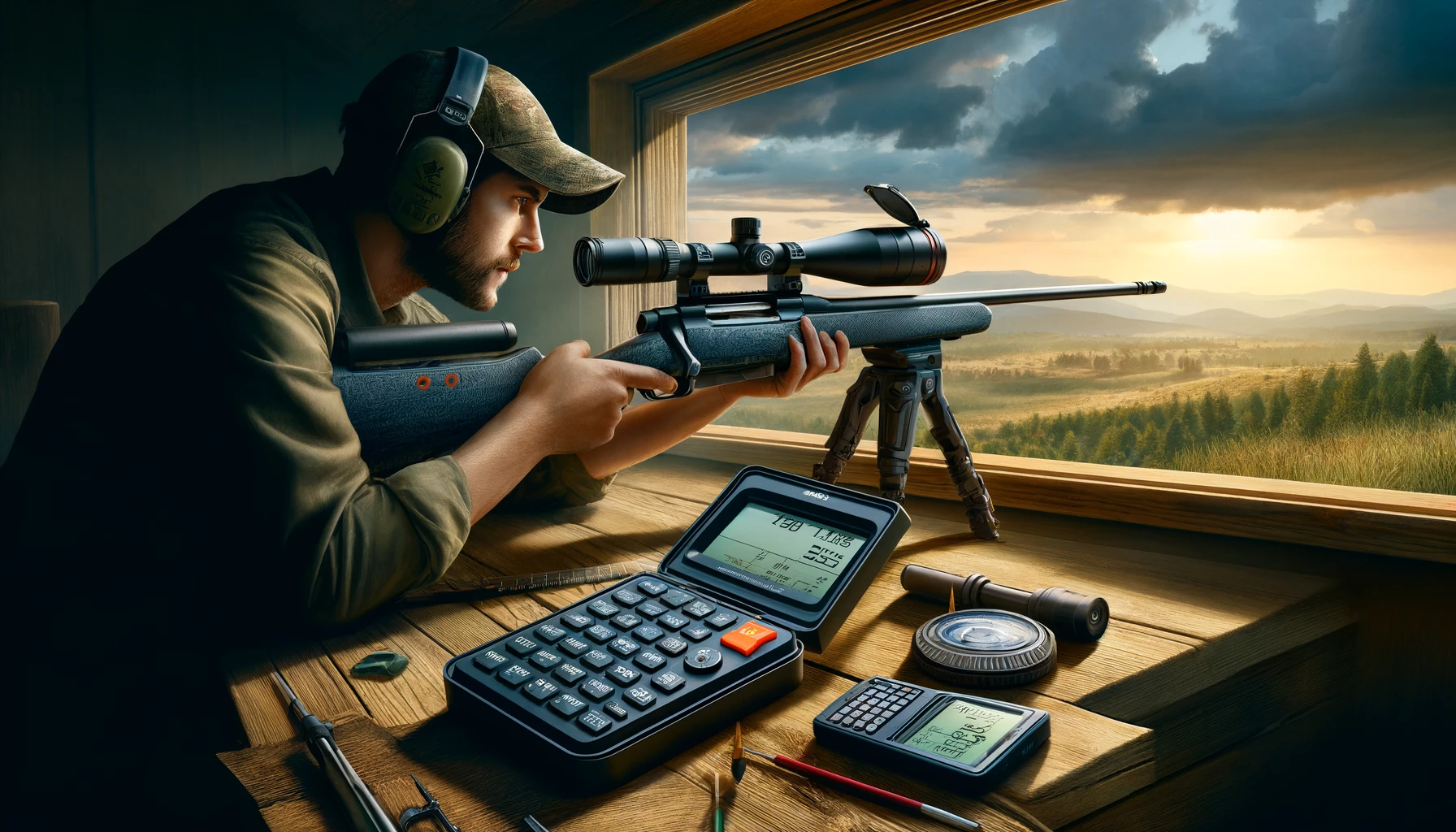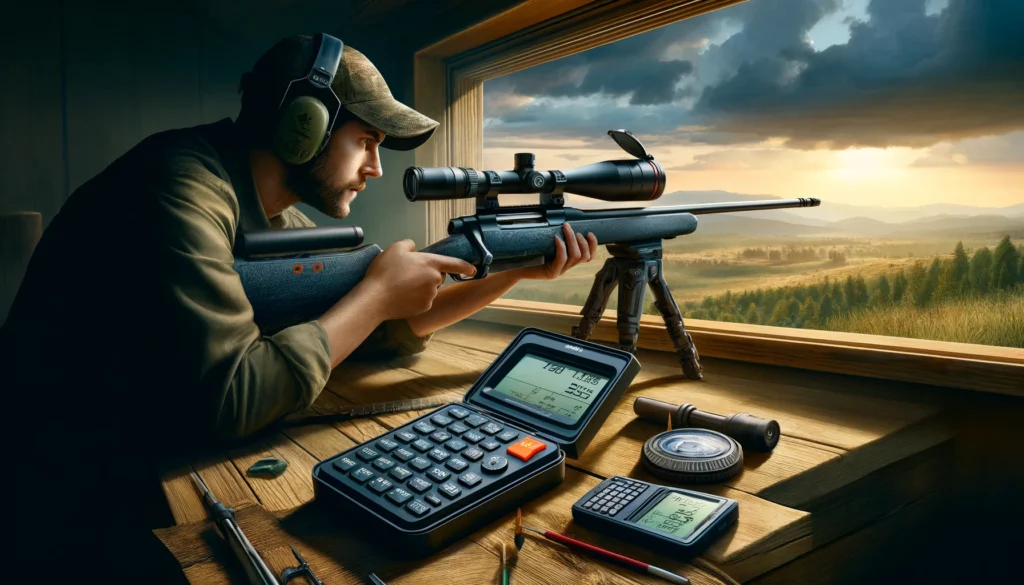Precision in the Field: Mastering the Proper Shot Sequence in Hunting


Table of Contents
- Introduction
- Chapter 1: Pre-Shot Preparation
- Chapter 2: Identifying the Target
- Chapter 3: Taking the Shot
- Chapter 4: Follow-Through and Post-Shot Actions
- Enhancing Accuracy Through Technology
- Environmental and Situational Awareness
- Mental Conditioning and Stress Management
- Post-Shot Reflection and Learning
- Conclusion
- Frequently Asked Questions (FAQs)
Introduction
A successful hunt hinges not just on locating and stalking your quarry but also on executing a precise and ethical shot. Mastering the proper shot sequence is essential for hunters aiming to ensure a quick, humane harvest. This guide breaks down the components of an effective shot sequence, from preparation to follow-through, focusing on rifle hunting for clarity and universality.
Chapter 1: Pre-Shot Preparation
1.1 Mental Preparation
- Calm and Focus: Cultivate a calm mindset and focus on the task at hand. Deep breathing can help manage adrenaline and steady your aim.
1.2 Positioning and Stance
- Stable Foundation: Whether standing, kneeling, or using a rest, ensure your body is aligned and stable. Practice various stances to find what works best for you in different scenarios.
1.3 Rifle and Optic Setup
- Equipment Check: Before heading out, confirm that your rifle is sighted in and your optics are clear. Familiarize yourself with your equipment’s adjustments for windage and elevation.
Chapter 2: Identifying the Target
2.1 Target Acquisition
- Using Optics: Use binoculars to spot and identify your target, conserving rifle scope use for when you’re ready to aim. Ensure the animal is within ethical shooting distance and that you have a clear line of sight.
2.2 Ethical Consideration
- Shot Placement: Identify the vital areas (heart and lung zone) for a quick, humane kill. Avoid speculative shots that might result in wounding the animal.
Chapter 3: Taking the Shot
3.1 Aiming and Breathing Control
- Breath Control: Exhale slowly and pause briefly to take the shot at the natural respiratory pause, reducing movement for better accuracy.
3.2 Trigger Discipline
- Smooth Pull: Squeeze the trigger gently with the pad of your index finger to avoid jerking the gun. Maintain focus on your target and aim point throughout.
Chapter 4: Follow-Through and Post-Shot Actions
4.1 Maintaining Aim
- Follow-Through: Keep your rifle aimed at the target even after firing to ensure accuracy. This also helps you see where the shot hit.
4.2 Observing the Animal
- Immediate Reaction: Watch the animal’s reaction to gauge the effectiveness of your shot. A well-placed shot usually results in a quick collapse or a short run.
4.3 Post-Shot Evaluation
- Assessment: If the animal runs, mark the last seen location and wait for a while before following to give the animal time to expire and to avoid pushing it further.
Enhancing Accuracy Through Technology
Ballistic Calculators
- Customized Projectile Trajectories: Utilize ballistic calculators to input specific data about your firearm, ammunition, and environmental conditions. This technology can significantly improve shot accuracy by providing precise aiming points adjusted for distance, wind, and elevation.
Range Finders
- Accurate Distance Measurement: A range finder is indispensable for determining the exact distance to your target. Knowing the precise range helps in making necessary adjustments to your scope, ensuring that your shot placement is as accurate as possible.
Environmental and Situational Awareness
Wind Reading Skills
- Impact on Bullet Trajectory: Develop the skill to read and compensate for wind, understanding how crosswinds can alter the path of your bullet. Practice in varied conditions to enhance your ability to make on-the-spot judgments.
Light and Shadow Considerations
- Visual Clarity: Be mindful of how light and shadows affect your visibility and aiming. Early morning and late afternoon hunts may offer the best light for visibility but also present challenges with glare and shadow.
Mental Conditioning and Stress Management
Visualization Techniques
- Mental Rehearsal: Regularly practice visualizing successful shot sequences, including the calm before the shot, the moment of trigger pull, and the follow-through. This mental preparation can help manage stress and improve performance when the moment of truth arrives.
Coping with Buck Fever
- Managing the Adrenaline Rush: ‘Buck fever’—the rush of adrenaline at the sight of game—can unsettle even experienced hunters. Practice deep, controlled breathing and focus on the process rather than the outcome to maintain composure.
Post-Shot Reflection and Learning
Immediate Review
- Analyzing the Shot: After the shot and follow-up, take time to reflect on the entire shot sequence. Consider what went well and areas for improvement. Did environmental factors play a role? How was your emotional and physical state?
Journaling for Continuous Improvement
- Recording Experiences: Maintain a hunting journal detailing conditions, shot placements, outcomes, and personal reflections. Over time, this log will become a valuable tool for identifying patterns in your hunting practices and areas for growth.
Conclusion
Mastering the proper shot sequence is a critical aspect of responsible hunting, ensuring that each harvest is as humane and efficient as possible. By dedicating time to practice and internalize each step of the sequence, from mental preparation to post-shot actions, hunters can enhance their skills, ethics, and respect for the game they pursue. The journey of a hunter is one of continuous learning and improvement, with each hunt offering lessons to refine and perfect the art of the shot.
Frequently Asked Questions (FAQs)
How can I practice improving my shot sequence?
- Regularly visit a shooting range to practice your stance, aiming, breathing, and trigger pull. Using a shooting simulator can also help in off-season.
What should I do if I’m unsure about a shot?
- If you doubt the shot’s safety, ethicality, or effectiveness, it’s always better to wait for a clearer opportunity. Patience is key in hunting.
How important is shot placement?
- Shot placement is crucial for ensuring a quick, humane kill. It requires knowledge of anatomy and practice to consistently hit the vital zones.
Can adrenaline affect my shot?
- Yes, adrenaline can impact your steadiness and focus. Learning to manage your excitement and nerves through breathing and mental preparation can mitigate these effects.







